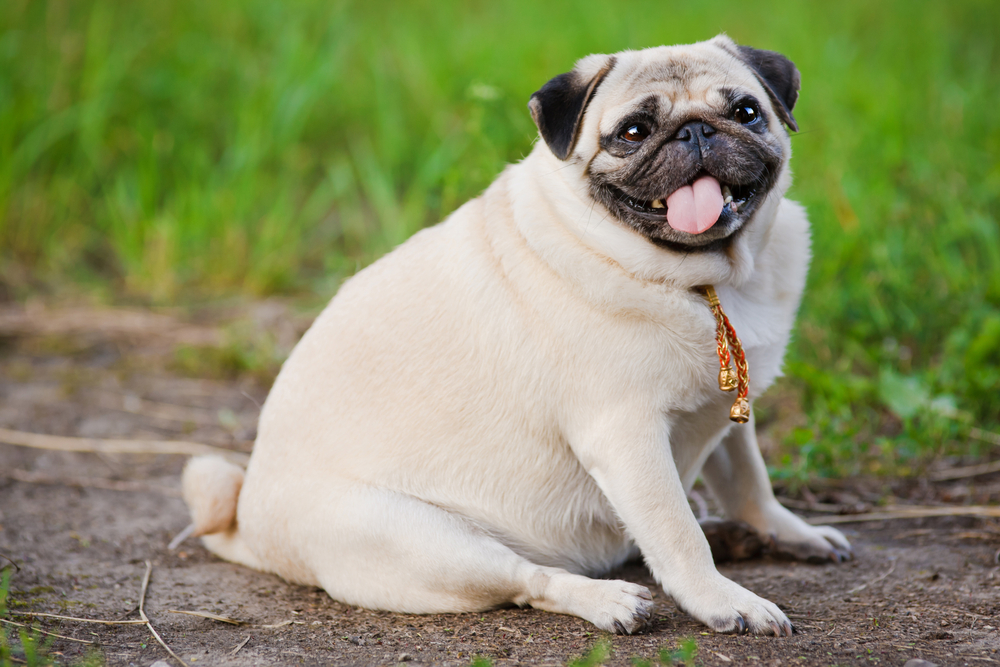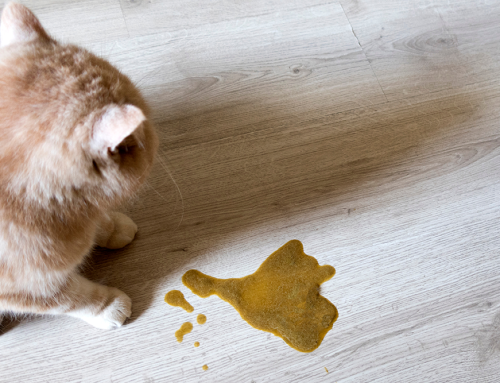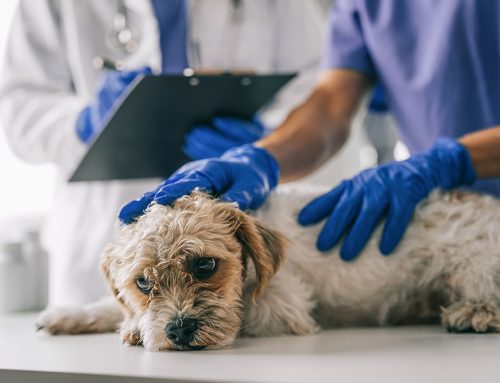Spaying or neutering your pet is important to help mitigate animal shelter overpopulation and to increase your pet’s longevity. However, deciding on the right time to spay or neuter your pet can be confusing, and some pet owners question whether they should have the procedure performed at all. Our Wellness Animal Hospital team wants to help by explaining how spaying and neutering benefits your pet, listing factors that should be considered when deciding when to perform the procedure.
Pet spay and neuter benefits
Pet overpopulation is a national crisis. About 27 million puppies and kittens are born in the United States every year. Cats and dogs are domesticated animals who can’t survive well without human support and many unwanted pets enter animal shelters every year. Sadly, about 1.5 million are euthanized every year because the shelters don’t have enough room. Spaying or neutering your pet is one of the best ways you can help mitigate this concerning problem. In addition, these procedures benefit your pet, because spayed and neutered pets live longer than pets who remain intact. Specific benefits include:
-
- Health benefits for female pets — Spaying your female pet can improve their health by:
- Preventing pregnancy — Spaying prevents pregnancy and also emergencies, such as dystocia and eclampsia, that can occur during birth.
- Preventing certain cancers — Spaying your pet prevents ovarian and uterine cancers.
- Decreasing mammary cancer — Unspayed pets are at much higher risk for mammary cancer, which is malignant in about 50% of diagnosed pets.
- Preventing pyometra — Spaying your pet prevents pyometra, a dangerous uterine infection that commonly affects unspayed pets.
- Health benefits for male pets — Neutering your male pet can improve their health by:
- Decreasing roaming — Neutered pets have a decreased desire to roam, protecting them from traffic accidents, fights with other pets and wild animals, infectious diseases, and dangerous parasites.
- Eliminating testicular cancer — Neutering your pet prevents testicular cancer.
- Decreasing prostatic disease — Unneutered pets are at increased risk for benign prostatic hyperplasia and hypertrophy, which can lead to prostatic infection.
- Decreasing other health complications — Neutering your pet reduces their perineal hernia and perianal tumor risk.
- Behavioral benefits for pets — Spaying or neutering your pet can improve behavior issues, such as:
- Reducing urine marking — Spayed and neutered pets are less likely to urine mark their environment.
- Preventing heat cycles — Spaying your female pet prevents heat cycles that can lead to excessive vocalization, restlessness, and a bloody vaginal discharge.
- Reducing sexual behaviors — Neutering your male pet reduces sexual behaviors (e.g., mounting).
- Reducing aggression — Male pets neutered early are less likely to have aggression problems.
Pet spay and neuter timing
University of California, Davis, researchers linked early spays and neuters to certain health complications in large-breed dogs. This information led to different guidelines for spaying and neutering pets that include:
- Cats — Female cats should be spayed before their first heat cycle, which occurs at about 5 months of age. Male cats should be neutered at around 5 months of age.
- Small-breed dogs — Small-breed dogs are less than 22 pounds at their ideal adult weight. Small-breed females should be spayed before their first heat cycle, at around 5 to 6 months, and small-breed males should be neutered at 6 months of age.
- Medium-breed dogs — Medium-breed dogs weigh between 25 and 45 pounds at their ideal adult weight. Medium-breed females should be spayed before their first heat cycle, which occurs at 5 to 6 months of age, and medium-breed males should be neutered at 6 months of age.
- Large- and giant-breed dogs — Large-breed dogs weigh more than 45 pounds and giant-breed dogs weigh more than 75 pounds at their ideal adult weight. Any adult dog who weighs more than 45 pounds should be neutered after their growth stops, which usually occurs between 12 and 18 months of age. For large- and giant-breed female dogs, the spay timing decision is based on several factors, such as your dog’s risk for certain diseases and her lifestyle. Our veterinary team will help you determine the best time to spay or neuter your large- or giant-breed dog.
Other factors that can affect pet spay and neuter procedures

Other factors that may be considered for your pet’s spay or neuter procedure include:
- Health status — If your pet is sick, our veterinary team may recommend postponing your pet’s procedure until they are fully recovered.
- Obesity — Overweight pets are at increased risk for anesthesia complications, and we may recommend that your pet lose weight before we perform a spay or neuter.
- Brachycephalic pets — Brachycephalic pets, such as pugs, Boston terriers, bulldogs, and Persian cats, are at increased risk for breathing issues during anesthesia, and extra precautions are typically necessary when spaying or neutering these pets.
Spaying or neutering your pet is an important part of your pet’s health care. Contact our Wellness Animal Hospital team, so we can determine the best time to spay or neuter your four-legged family member. Your decision will not only benefit your pet, but also help reduce the shelter overpopulation problem.







Leave A Comment